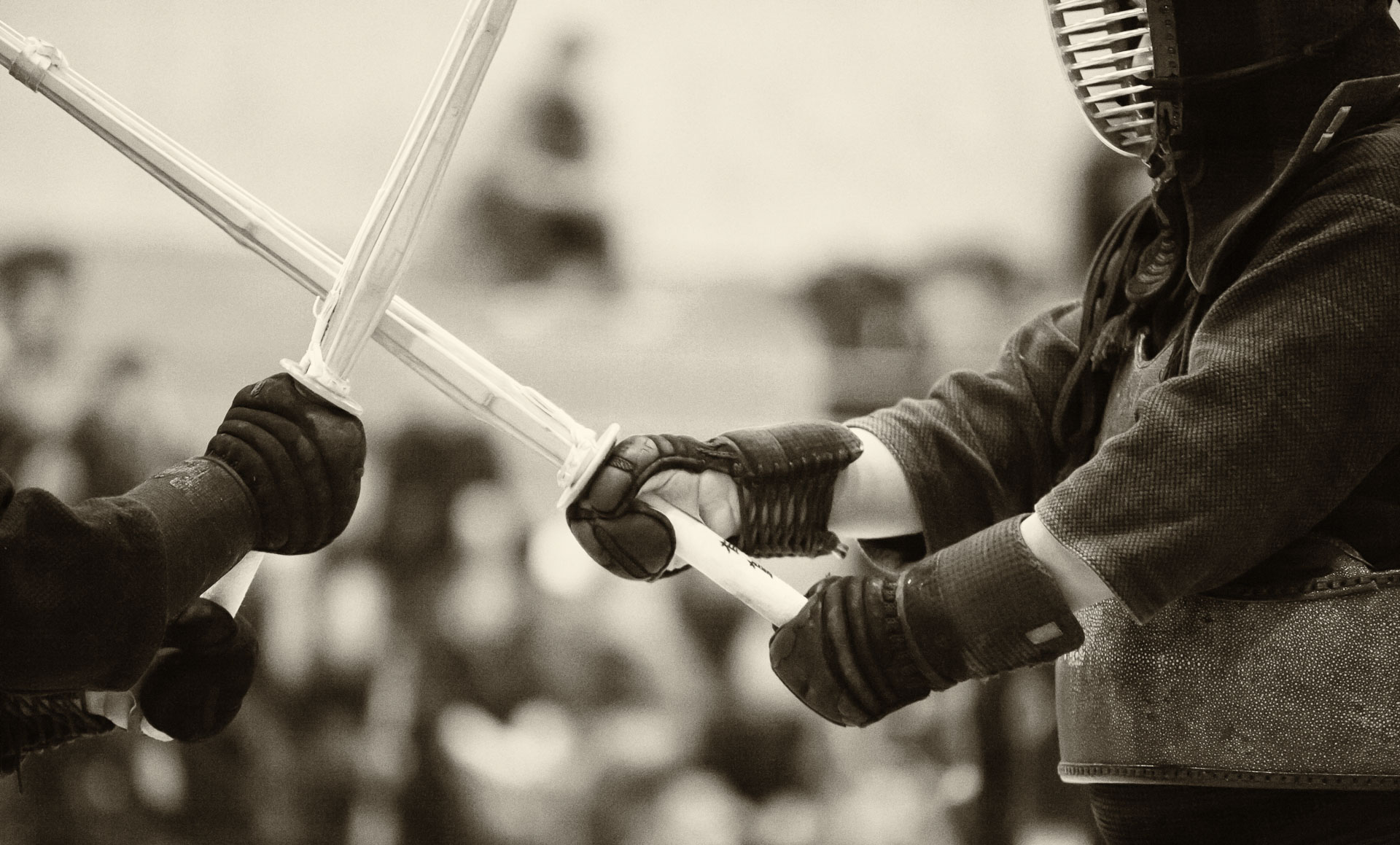
Yesterday after work, I had a five-hour long photo shoot of dance classes in a local studio. I shot around 3500 images, which take approximately 150 GB of hard drive space. I like shooting dance, and I have a personal interest in the subject, because my daughter goes to that dance school. I also like the fact that this a great opportunity to practice my action-shooting skills. Having said this, I am glad that I don’t do this kind of photography every day. In fact, I believe that shorter, but more regular and varied shoots are better for developing skills and creativity.
I recently heard about the value of creating a consistent body of work. I am not sure who said it, but I like the idea that what we do every day is more valuable than what we do every once in a while. For example, my yesterday’s shoot was a big one-time effort, but shooting daily, even a little bit, even just using my phone, is probably more important. Ironically, the next day after a big shoot I am reluctant to pick up the camera at all.
I can really relate to treating all projects not as one-off opportunities, but as stepping stones for creating a consistent body of work. Of course, as many useful concepts, it is a double-edged sword. On one hand, it removes pressure of “successful” performance from each individual project (e.g. a research grant proposal or journal paper submission). On the other hand, if you are always contributing to your body of work, you cannot slack off at any time because you might think a particular project at hand is relatively unimportant. You have to be always “on”, delivering your best work.































